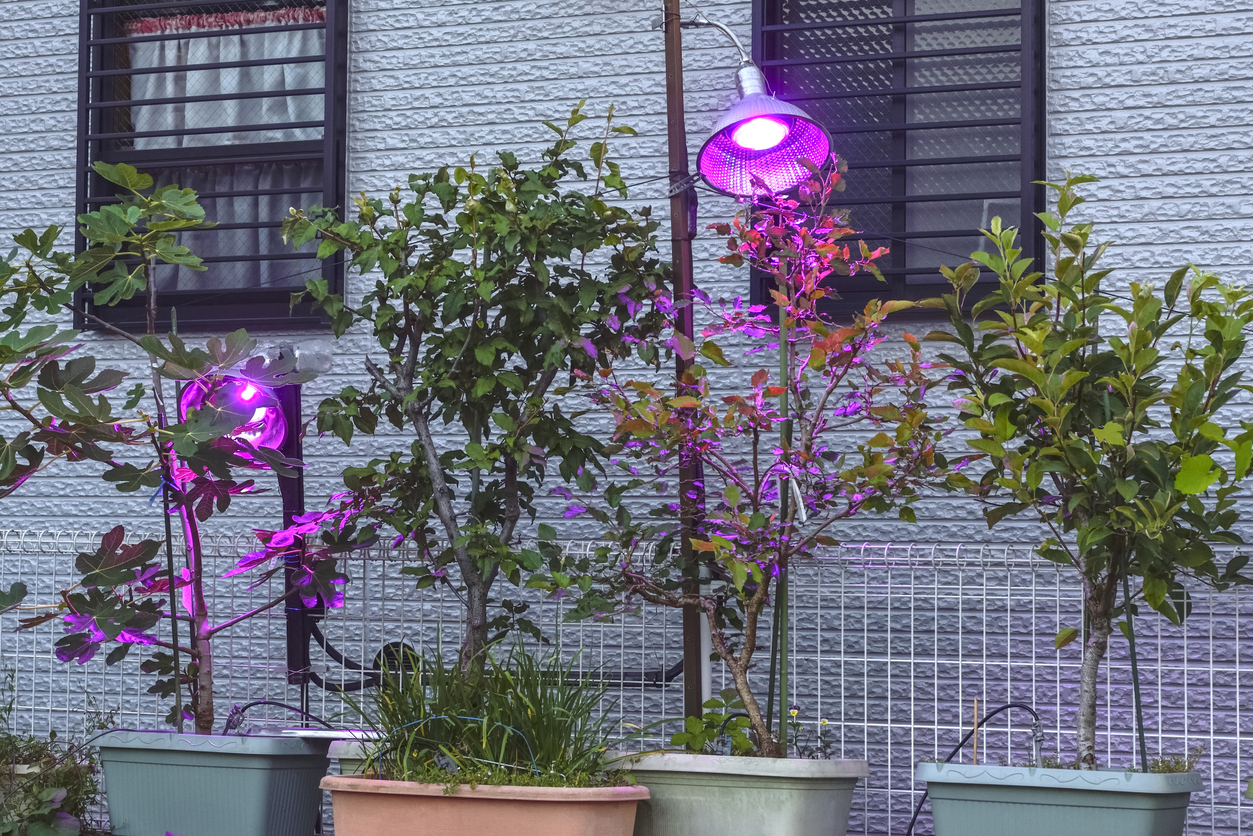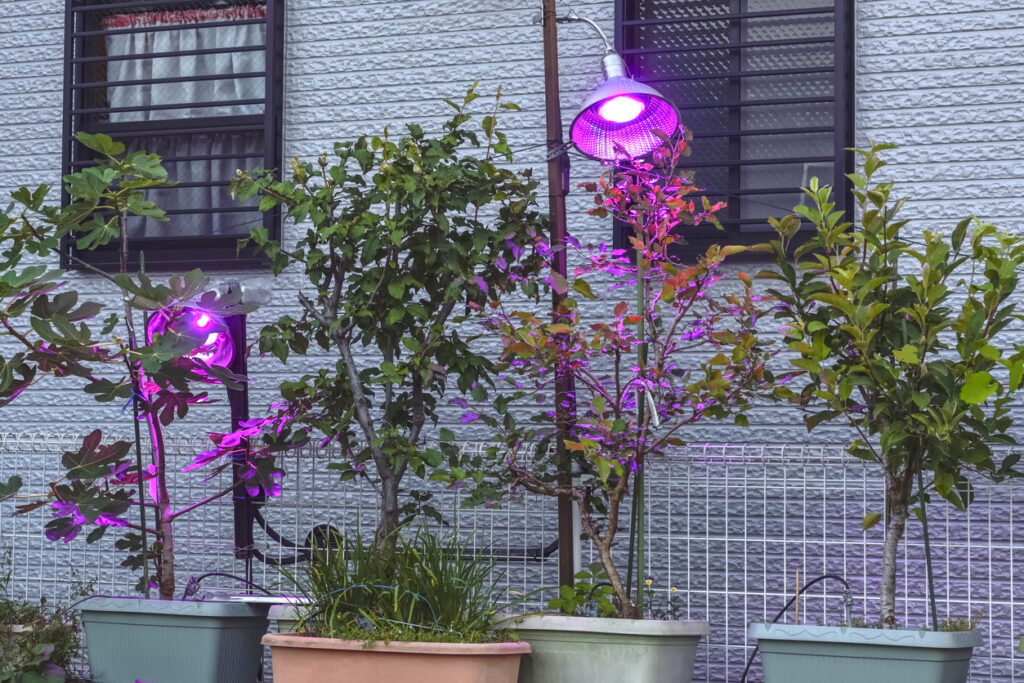
How Solar Lights Enhance Plant Health
More people today choose to use renewable energy systems because they serve the environment well. For one, grow lights that mimic and utilize the sun’s power offer advantages far beyond their decorative value. Here’s how solar lights enhance plant health.
The science behind solar illumination and plant biology
Plant species have complex light responses that impact their digestive efficiency and energy distribution, from seed germination to flowering. Light is an environmental trigger for photosynthesis, metabolic processes and seasonal changes like flowering in spring.
Plants grown in areas receiving inadequate sunlight benefit greatly from solar grow lights. These systems are engineered to reproduce exact wavelengths that imitate natural sunlight when and where such illumination is absent. Modern systems devices rely on photovoltaic cells to absorb and transform the sun’s power into electrical energy stored in batteries for mostly nighttime usage.
The development of solar technology has reached groundbreaking achievements in terms of conversion potency. While previous panels could achieve efficiencies of just 17% to 22%, modern devices can get up to nearly 36%, making solar grow lights more effective at supporting plant health.
Extend growing seasons
Solar lights extend plant growth times past the typical period by providing extra illumination for long-day varieties needing a lot of light to thrive or produce higher yields. This facilitates their cultivation year-round.
Regions with short daylight hours, or indoor setups, benefit from supplemental lighting. Solar lighting, in particular, offers eco-benefits compared to older electric grow lights, such as preserving pollinating insects like moths. Many are attracted to artificial lights in and near grow spaces, which emit heat that may injure or kill those insects coming into contact with them.
Provide nighttime illumination for plant growth
Even though photosynthesis happens mainly during the day, nighttime and daytime are equally important to plant health. Some current solar garden lights emit light in the same way as the moon through moonlight-effect LED. This low-intensity lighting plays an essential role in plant growth and development processes at night while providing the required darkness for respiration and other metabolic activities.
Offer environmental benefits beyond plant health
Solar grow lighting systems generate environmental benefits that meet the advantages for plant health. Using solar-powered systems instead of traditional manufactured electricity lowers your monthly utility bill, while preserving the planet.
Organic gardening techniques naturally align with solar lighting because the latter produces sustainable illumination. These renewable systems contribute to a pollution-free environment by reducing fossil fuel use in your garden ecosystem.
Strategic placement
The panels of these systems are best placed in areas that receive sun throughout the day for maximum charging capacity. The lights themselves should align with the natural development patterns and light requirements of the species you’re growing. By doing so, you can maximize your plants’ outputs — especially valuable if they’re food-producing varieties.
Sun-dependent indoor plants — such as those in greenhouses, which can purify the air when you have enough — benefit from the gentle supplemental illumination, especially during early morning and late evening hours. This is because solar-supported grow lamps extend daylight hours past regular times to provide the light that fuels photosynthesis to facilitate better plant development.
Try solar lights for plant health
Using solar power to enhance the health of your garden presents impressive results that span direct biological advantages and broader environmental benefits. It’s a win for sustainable gardening thanks to extended light periods for higher yields, ecosystem preservation, a lower carbon footprint and substantially lower electricity expenses.
If recent trends are anything to go by, the continuous advancement of solar technology is bound to find its way into more households to uphold sustainable global development initiatives.





Post a comment